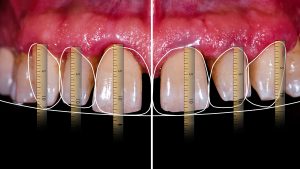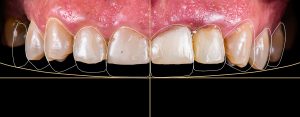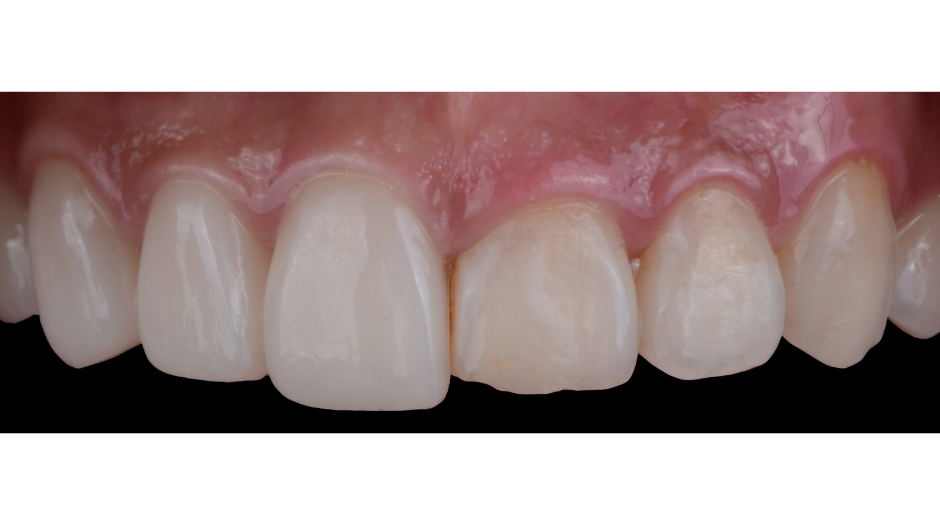Cosmetic dentistry and smile design focus on enhancing the appearance of a person’s smile through various dental procedures. These procedures aim to improve the colour, shape, size, alignment, and overall aesthetic appeal of the teeth.
Here are some common elements and procedures involved in cosmetic dentistry and smile design:
TEETH WHITENING
One of the simplest and most popular cosmetic procedures is teeth whitening. This involves the use of bleaching agents to lighten the colour of the teeth, removing stains and discoloration.
DENTAL VENEERS
Veneers are thin shells, usually made of porcelain or composite resin, that are bonded to the front surface of the teeth. They can be used to correct issues like discoloration, chips, or gaps.
DENTAL BONDING
Bonding involves applying a tooth-coloured resin material to the teeth and then shaping and polishing it to improve the appearance of teeth affected by chips, cracks, or gaps.

ORTHODONTIC WORK
Clear aligners can be used to straighten misaligned teeth, improving both the appearance and functionality of the smile.

GUM CONTOURING
Also known as gum reshaping, crown-lengthening or gum lift, this procedure involves removing excess gum tissue to create a more even and aesthetically pleasing gum line.
DENTAL CROWNS
Crowns, or caps, can be placed over damaged or discoloured teeth to restore their shape, size, and strength.
DENTAL IMPLANTS
Missing teeth can be replaced with dental implants, which are artificial tooth roots topped with realistic-looking crowns.
SMILE MAKEOVER
A comprehensive approach to improving the overall appearance of the smile, a smile makeover may involve a combination of various cosmetic dentistry procedures tailored to the individual’s needs.
Before undergoing any cosmetic dentistry procedures, it’s crucial to consult with a qualified and experienced dentist. They can assess your oral health, discuss your goals, and create a personalized treatment plan to achieve the desired results. Additionally, advancements in
technology, such as digital smile design, have made it easier for patients and dentists to communicate and plan for the desired outcomes.

